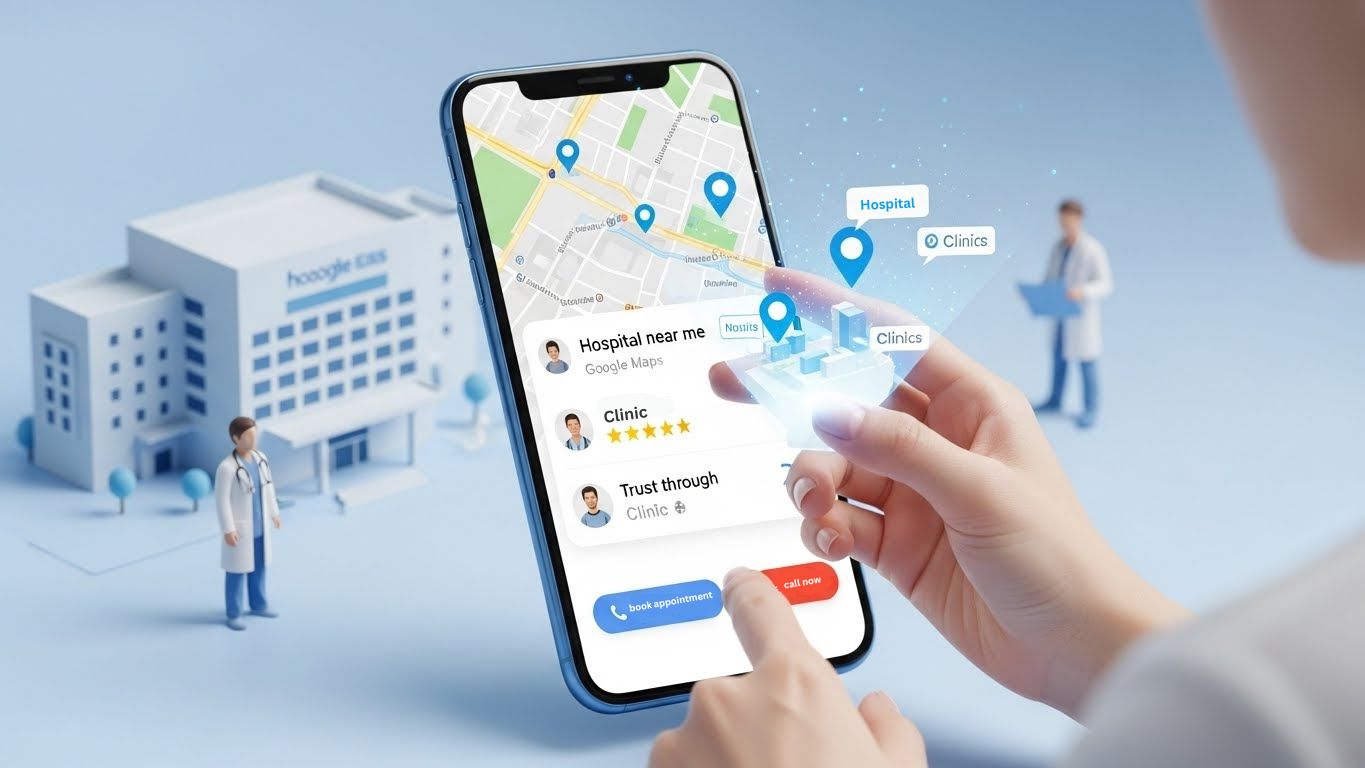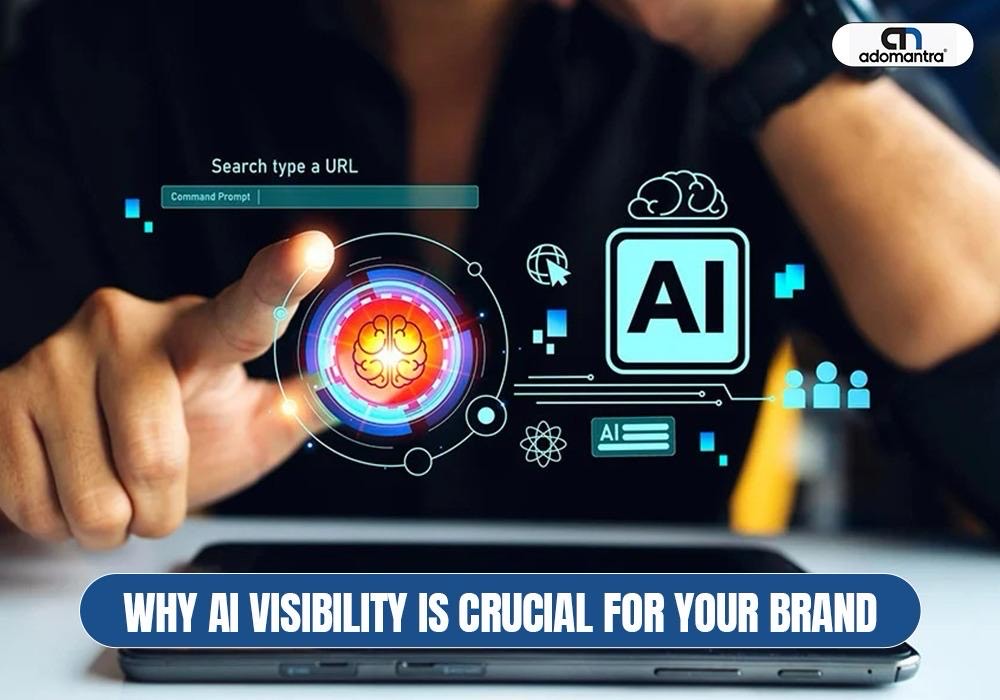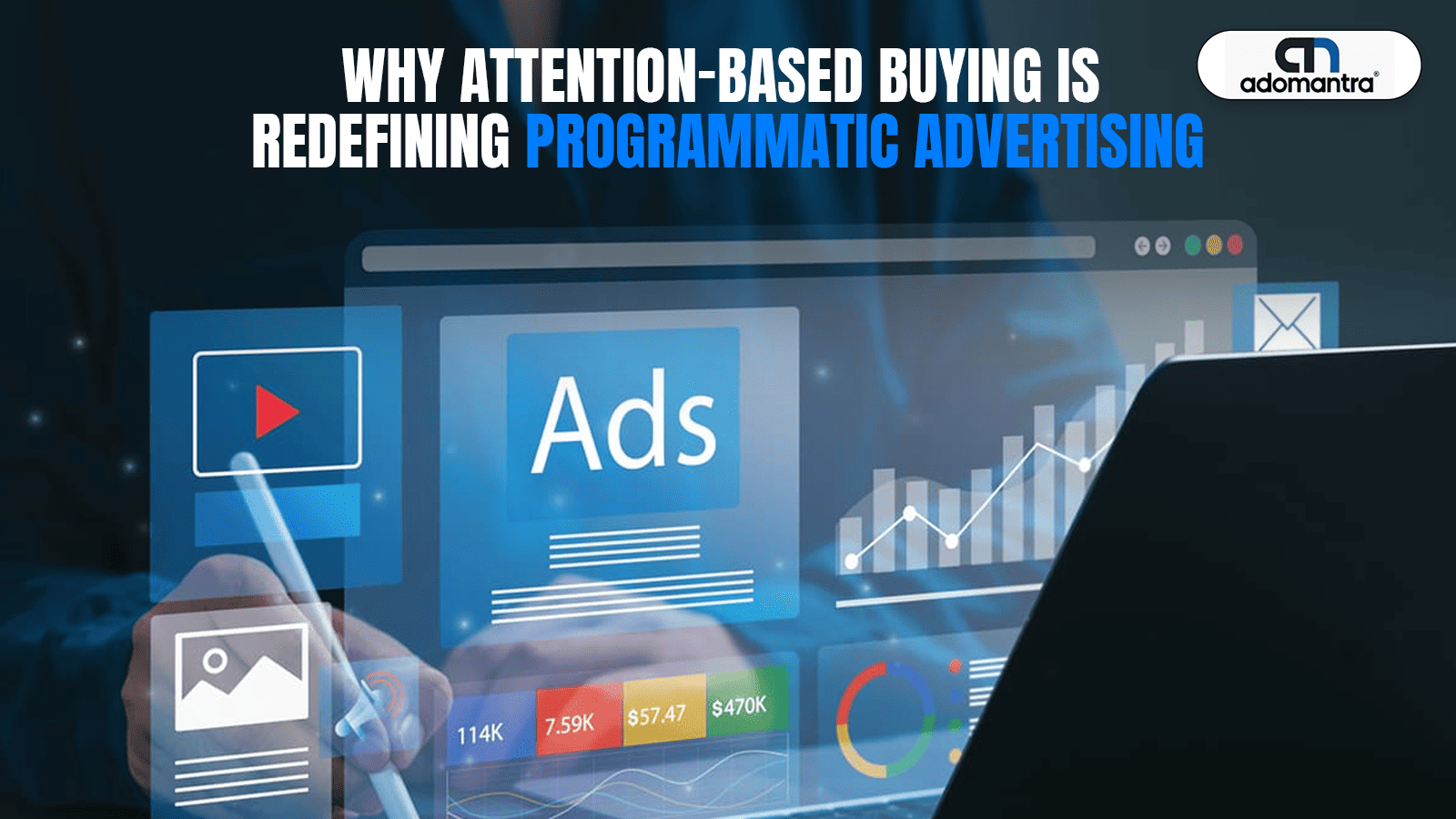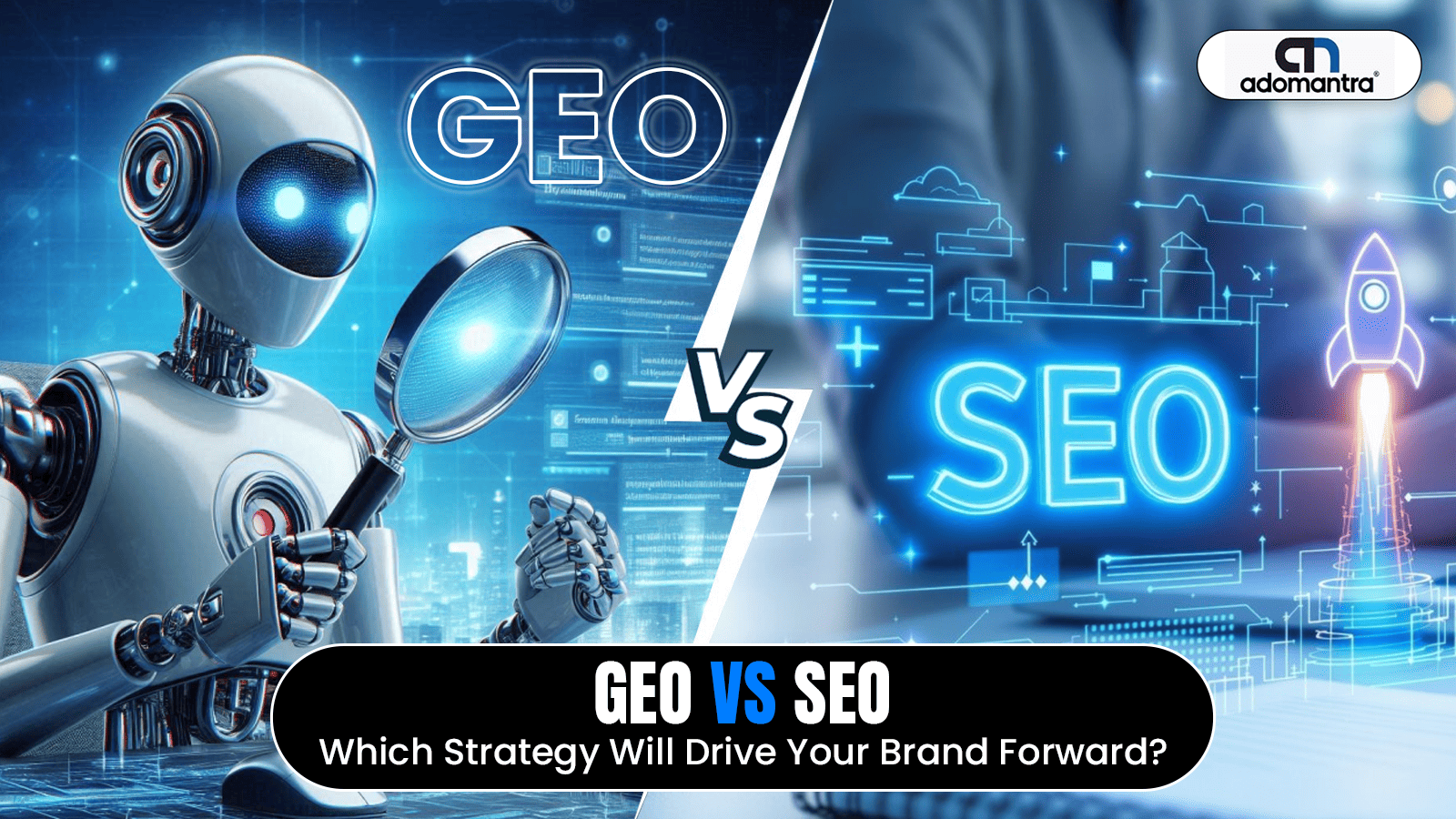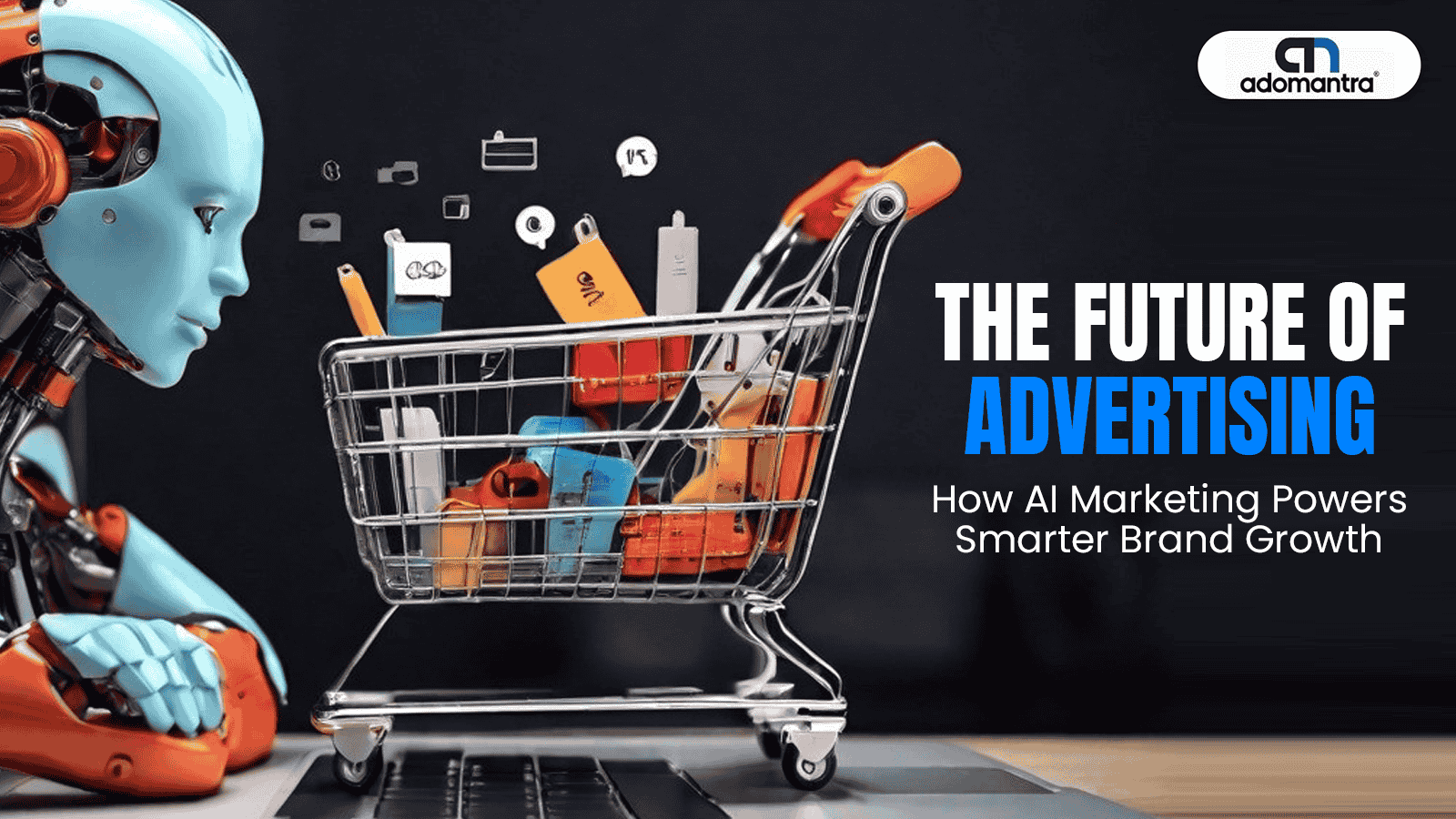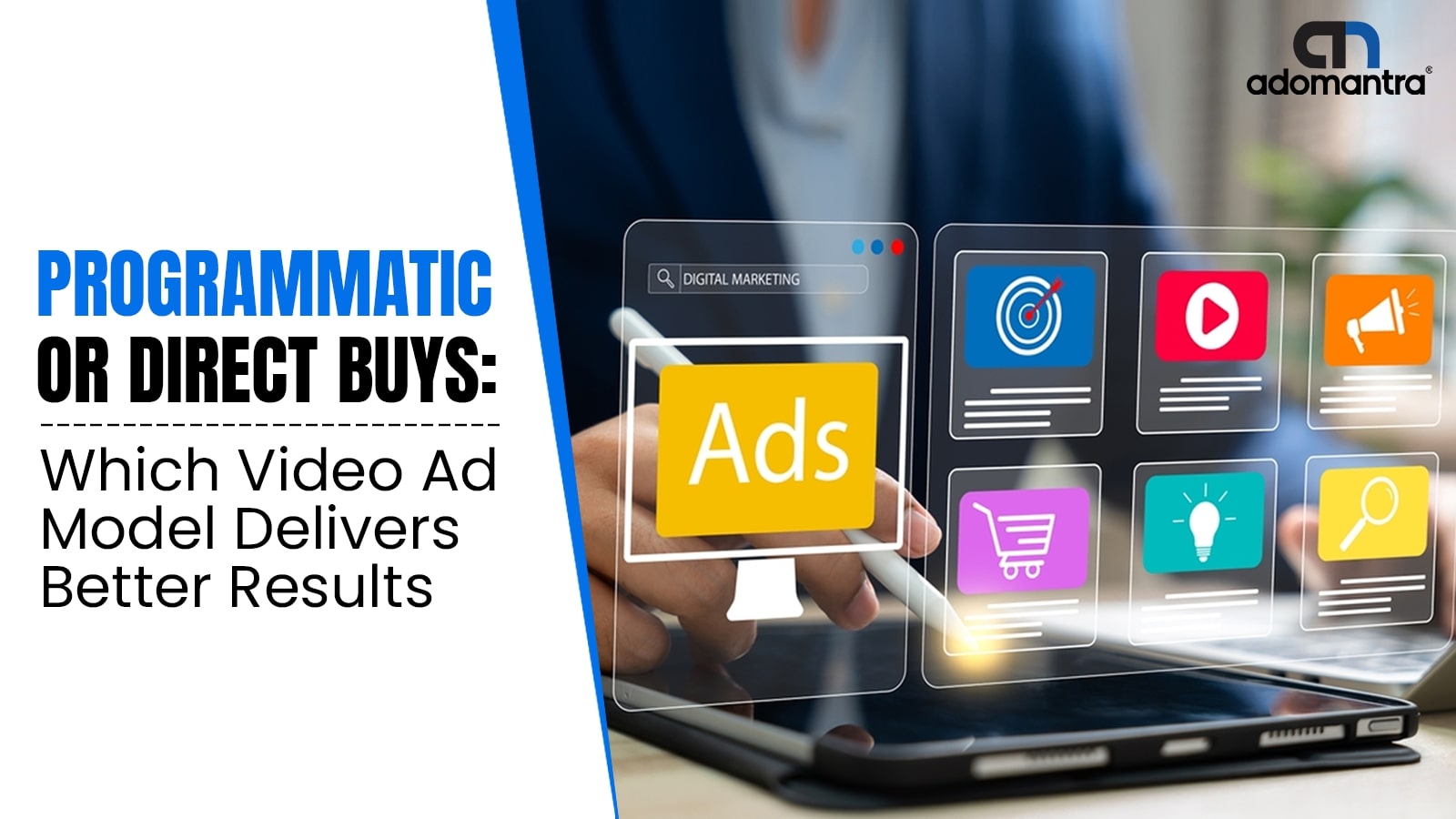
Programmatic vs Direct Buys: Which Video Advertising Model is Right for You
Video advertising is no longer optional. It is the heart of digital campaigns. But as video spending grows, marketers face a tough decision — programmatic vs direct buys. These two models define how you plan, purchase, and execute your video ad strategy.
Programmatic buying brings automation and scale. Direct buying offers control and personalisation. Both work well. But how do you know which one fits your business goals?
Statista projects that global video ad spending crossed $120 billion in 2023. Programmatic video accounted for more than 70% of that. This shift proves automation is winning. But premium branding still relies on handpicked placements through direct buys.
Let’s decode this in detail.
Table of Contents
- What Is Programmatic vs Direct Buys
- Understanding the Technical and Strategic Differences
- Why Programmatic Is Winning the Volume Game
- When Direct Buys Still Make Sense
- The Future Is Hybrid: Smart Planning for Smart Brands
- Conclusion
- Frequently Asked Questions
What Is Programmatic vs Direct Buys
Programmatic buying uses AI and machine learning to buy ad space in real time. It automates the process of serving video ads to the right person, at the right time, across thousands of websites or apps.
Direct buying, however, is traditional. You negotiate ad placements directly with a publisher. You choose where your ad appears, agree on pricing, and book the slot manually.
The key difference is automation versus human negotiation.
Understanding the Technical and Strategic Differences
Here’s how both models compare technically and strategically:
|
Criteria |
Programmatic Buying |
Direct Buying |
|
Buying Process |
Real-time auction using DSPs |
Manual negotiation with publishers |
|
Ad Placement |
Dynamic based on user behavior |
Fixed and guaranteed |
|
Cost Structure |
Pay per impression or outcome |
Flat rate or CPM based |
|
Targeting |
Advanced audience targeting using first-party and third-party data |
Limited to site or app context |
|
Speed |
Instant campaign launch and optimisation |
Slower setup time |
|
Transparency |
Medium. Often lacks insight into exact placements |
High. You know exactly where your ads run |
For brands looking to scale fast, programmatic delivers. For campaigns where context and control matter, direct wins.
Why Programmatic Is Winning the Volume Game
In 2025, programmatic is expected to drive nearly 90 percent of global digital display ad spending, making it the leading method for buying digital ads.
Here’s why programmatic is growing:
Source. Emarketer
1. Scale with Precision
Programmatic lets you reach millions of users across the web. But it's not just about reach. You can target by behavior, geography, interest, and even device.
2. Real-Time Flexibility
Unlike direct buys, where ads are locked in, programmatic lets you pause, edit, or optimise your campaigns in real time.
3. Cost Efficiency
You pay only for impressions that meet your targeting goals. It saves budget by removing waste.
4. Granular Reporting
You get live data dashboards, showing which creatives or placements work best. That means faster optimisation and better ROI.
Example: A mid-sized D2C brand used programmatic to test three video creatives. The AI automatically pushed the budget to the top performer. Conversions improved by 30% in 7 days.
When Direct Buys Still Make Sense
Despite programmatic’s advantages, direct buys are not obsolete. They are still used by top brands for high-impact campaigns.
1. Brand Safety and Placement Control
With direct buys, you know where your ad appears. No surprises. This matters for brands in sensitive categories like finance or healthcare.
2. Premium and High-Impact Inventory
Home page takeovers or splash screens are often not available via programmatic. These are negotiated directly for maximum visibility.
3. Long-Term Brand Partnerships
Direct buys are useful when building long-term media relationships. You get better pricing, early access, and deeper integration options.
4. Custom Creative Execution
Many publishers allow custom formats, interactive video, or branded content under direct deals. These aren't always possible programmatically.
Example: A luxury car brand ran a full-screen video on a premium news platform’s mobile app. It resulted in a 2x brand recall boost versus standard placements.
The Future Is Hybrid: Smart Planning for Smart Brands
Smart brands are not choosing one model. They are mixing both.
How a Hybrid Model Works:
- Use programmatic for performance campaigns targeting scale and conversions.
- Use direct buys for brand launches or events needing maximum visibility.
- Retarget users from direct campaigns using programmatic platforms.
- Use programmatic deals like Programmatic Guaranteed (PG) to blend control with automation.
Programmatic vs direct buys is no longer about choosing one over the other. It's about using each where it fits best.
Conclusion
In the race between programmatic vs direct buys, both models have their place. If you want fast results with data-driven targeting, programmatic is your go-to. If you care about control, brand alignment, or exclusive inventory, direct makes sense.
At Adomantra, we help brands plan the right strategy based on their goals. Whether you need to scale or make an impact, we know how to make every impression count.
Let’s connect and build your next high-performing video campaign.
Frequently Asked Questions
Q1. What is the main difference between programmatic buying and direct buying?
A1. Programmatic buying uses automated tools and algorithms to purchase ad space in real time. Direct buying involves manual negotiation with publishers for fixed placements.
Q2. Is programmatic buying suitable for small businesses?
A2. Yes. Programmatic buying is cost-effective and allows small businesses to target specific audiences without large budgets or complex deals.
Q3. Can I use both programmatic and direct buying in one campaign?
A3. Many brands use a hybrid approach—programmatic for reach and optimisation, and direct buying for premium placements and brand control.
Q4. Does programmatic buying offer brand safety?
A4. Yes, but it depends on how well the campaign is set up. You can use whitelists, blacklists, and supply path optimisation to improve brand safety.

